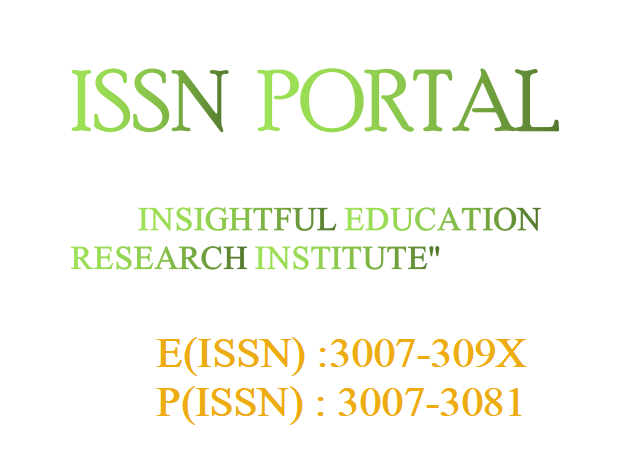Risk Factors Associated with Neonatal Hyperbilirubinemia in Preterm Infants: A Prospective Observational Study at Nishtar Hospital, Multan
DOI:
https://doi.org/10.62019/2g9c1v30Keywords:
Neonatal Hyperbilirubinemia, Preterm Hyperbilirubinemia, Neonatal Jaundice, Incidence of Neonatal Hyperbilirubinemia, Causes of HyperbilirubinemiaAbstract
Hyperbilirubinemia is the major perennial situation have an effect on newborns, and preterm neonates account for the bulk of cases over 80%. The Neonatal jaundice was mostly caused by the mother's condition and the babies' incompatibility with ABO and Rh in the Pakistani population, all these factors increase the risk of early severe hyperbilirubinemia and its associated problems among newborns. Still, an extensive number of newborns in underdeveloped nations like Pakistan have low birth weights, and preterm births which is a key risk factor for neonatal jaundice. This research study highlighted that how many new cases of hyperbilirubinemia reported and their possible causes during the study duration in context of pediatric department of Nishtar medical university, Hospital, Multan. This prospective study conducted in neonatal unit of pediatric department Nishtar medical university, hospital multan. Through consecutive sampling, 247 preterm infants included in this study and examined till their discharge, death or shift to NICU. The data was collected through a self-developed Performa consists of a demographic sheet and a routine examination sheet of infant, from 15th Feb 2024 to 15th Aug 2024. The obtained data were analyzed through SPSS version-27. Among 247 preterm infants 58.3%developedHyperbilirubinemia. The significant risk factors are Sepsis (p<0.001), Rh incompatibility (p <0.001), Hemolytic diseases (p0.004), Birth weight (p <0.001), Gestational age (p <0.001), Mode of birth (p0.025). Hyperbilirubinemia is a significant concern, affecting 58.3% of the study population. Key predictors include sepsis, Rh incompatibility, gestational age, and family history of jaundice. The findings highlight the targeted interventions and close monitoring of high-risk neonates to prevent complications and improve outcomes.







